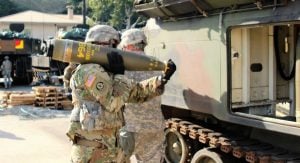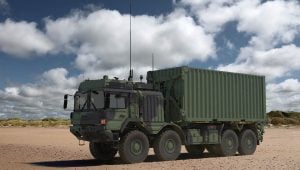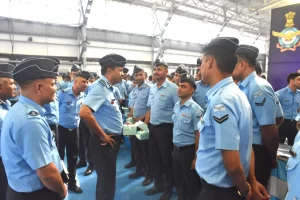For aspirants of the National Defence Academy (NDA) and Combined Defence Services (CDS) examinations, a sound understanding of Indian Geography is crucial. Among various sub-topics, physical features of India form the backbone of this subject, frequently appearing in both the written examination and the SSB interview. This article highlights why this topic is vital and how it influences national security, strategic planning, and general awareness.
📍 What Are India’s Physical Features?
India’s physical geography is diverse and comprises:
- The Northern Mountains (Himalayas)
- The Northern Plains
- The Peninsular Plateau
- The Indian Desert (Thar Desert)
- The Coastal Plains
- The Islands (Andaman & Nicobar, Lakshadweep)
These regions are not just geographical units but hold significant ecological, economic, and strategic value.
🔑 Why Physical Features of India Matter for NDA/CDS Exams
1. High Relevance in Syllabus
The UPSC includes Indian physical geography as a key part of the General Knowledge section. Questions often test understanding of mountain ranges, rivers, plateaus, and their implications on agriculture, weather, and population distribution.
2. Foundation for Strategic Awareness
For future officers in the Army, Navy, or Air Force, knowing India’s terrain is vital. For example:
- The Himalayas act as a natural barrier and strategic defense line.
- Deserts and Rann of Kutch are crucial for border surveillance.
- The Eastern and Western Ghats impact coastal operations and climate.
Understanding terrain helps in comprehending military deployment, border management, and natural disaster response.
3. Assists in Map-Based Questions
Physical features frequently appear in map-based MCQs, where students must identify locations of rivers, passes, hills, or plateaus. A strong grasp of this topic boosts performance significantly.
4. Environmental and Climatic Impact
India’s physical divisions affect monsoons, agriculture, and biodiversity. For instance:
- The Himalayas obstruct cold winds and attract rain.
- The Peninsular Plateau determines river direction and soil type.
This knowledge is crucial for questions on climate, natural vegetation, and economic geography.
5. Boosts SSB Interview Performance
In the SSB interview, candidates are assessed on situational awareness and geopolitical understanding. Being aware of India’s physiographic zones helps in answering questions about terrain-specific challenges, border issues, or military infrastructure.
📝 How to Prepare This Topic?
- Use NCERTs: Start with Class 6–12 Geography books.
- Refer Maps: Regularly revise physical maps of India.
- Practice PYQs: Analyze previous year NDA/CDS papers for recurring patterns.
- Current Affairs Linkage: Relate physical features to news (e.g., floods in Himalayan valleys, desertification in Rajasthan).
🪖 Conclusion
For NDA and CDS aspirants, mastering Indian Physical Geography is not just about cracking the exam—it’s about building a mindset that combines knowledge, awareness, and strategic thinking. As future defenders of the nation, understanding the lay of the land is your first step towards responsible leadership.
Prepare thoroughly. Master the maps. Know your land—because it’s the land you will one day protect.



















